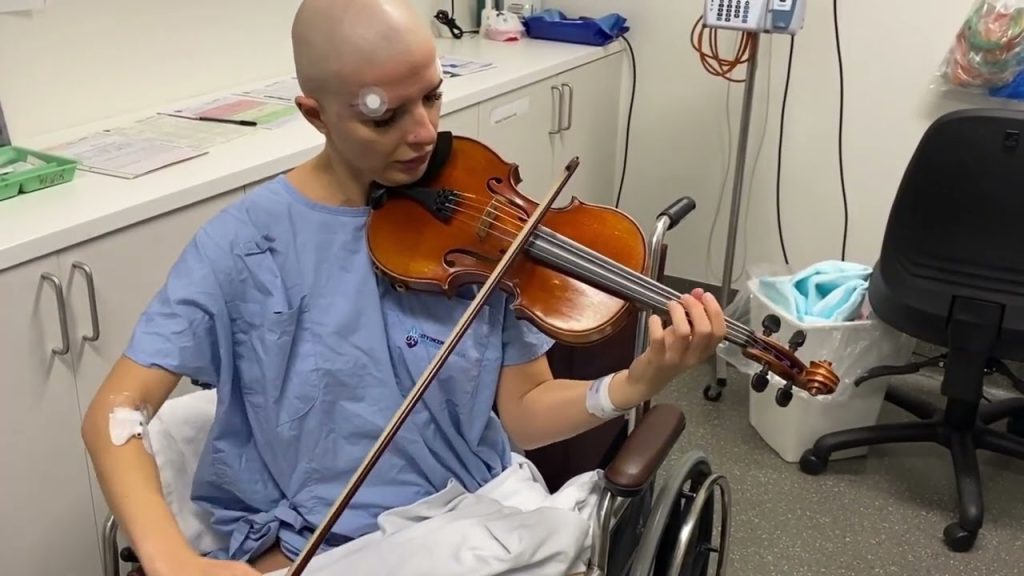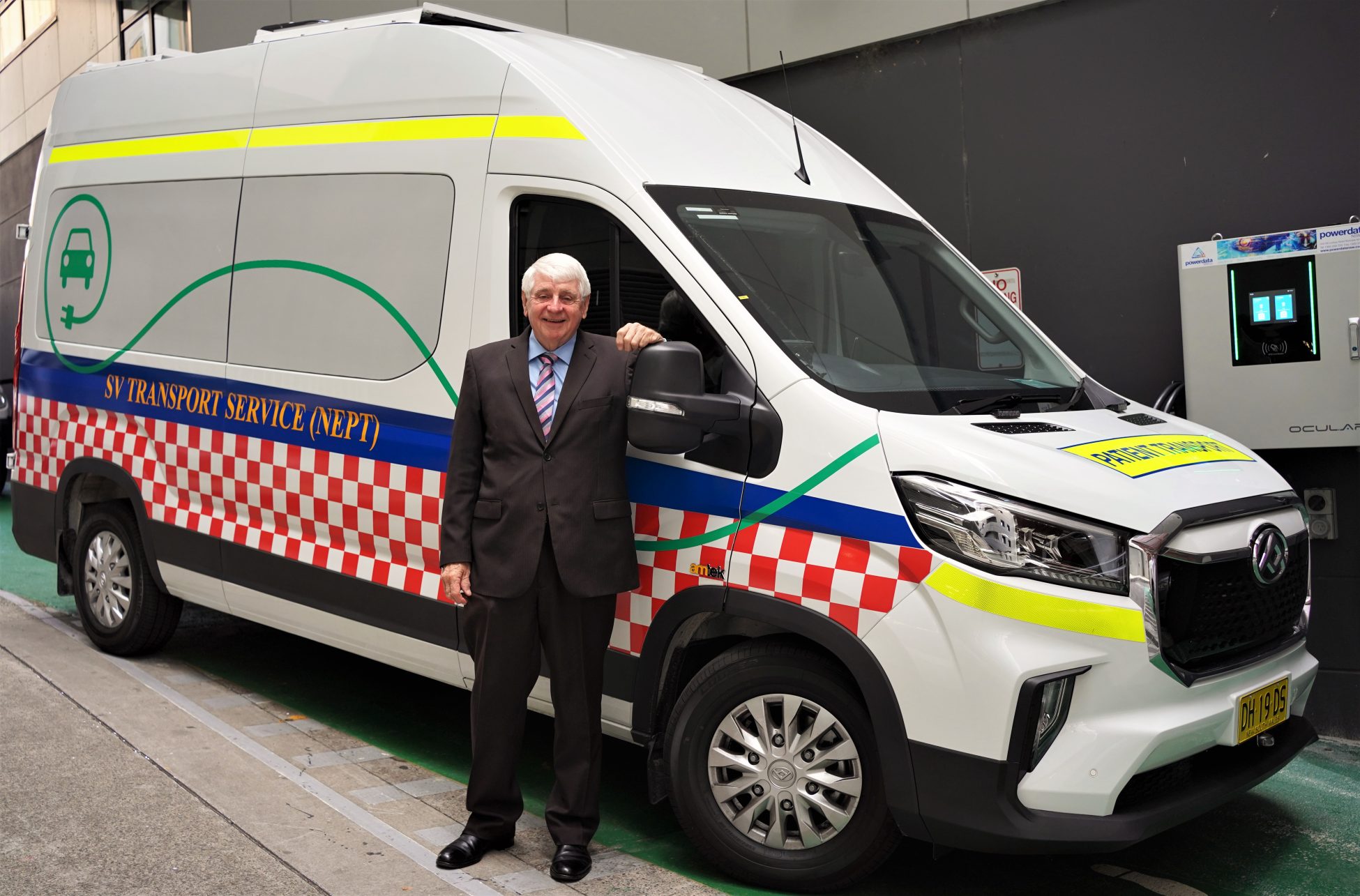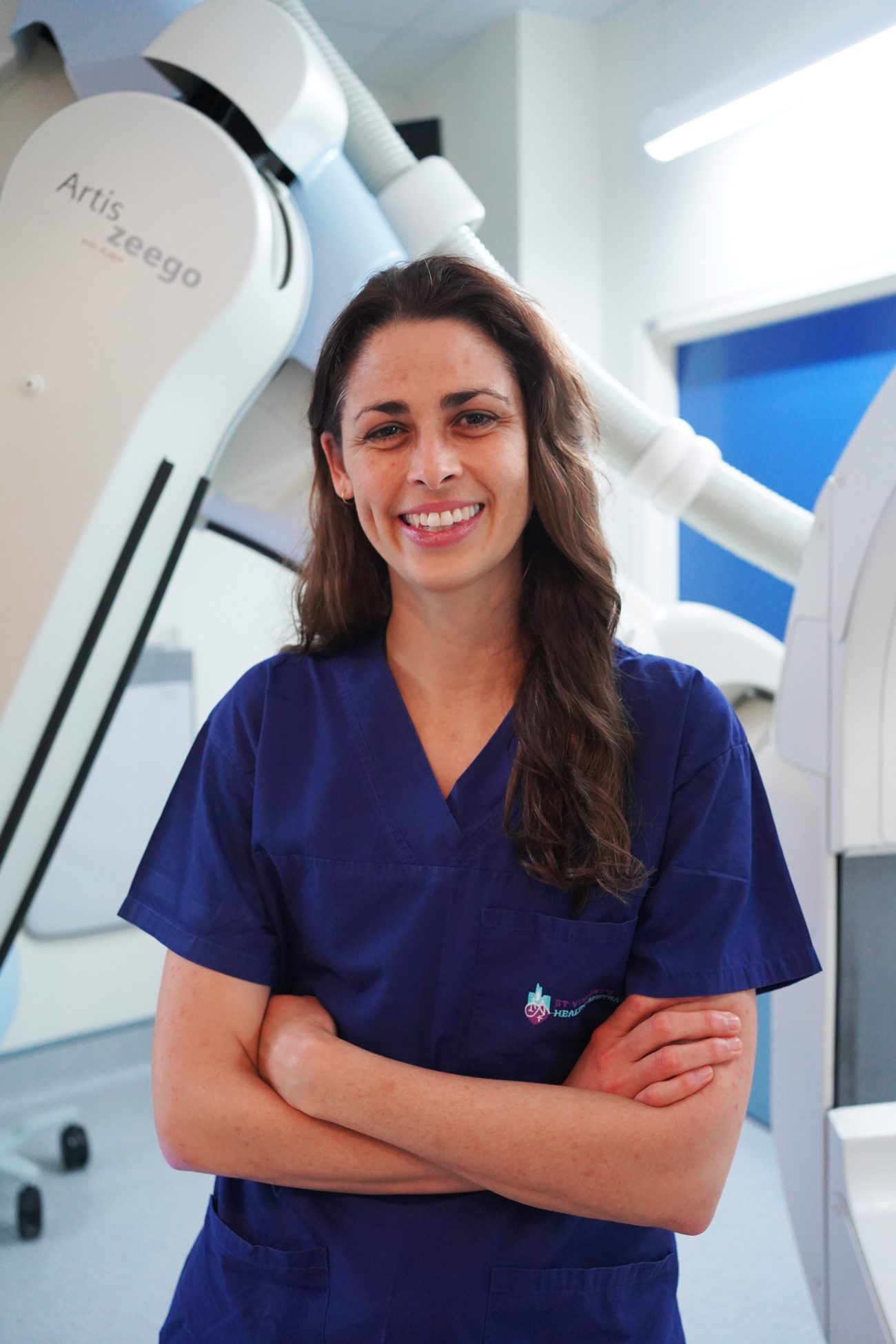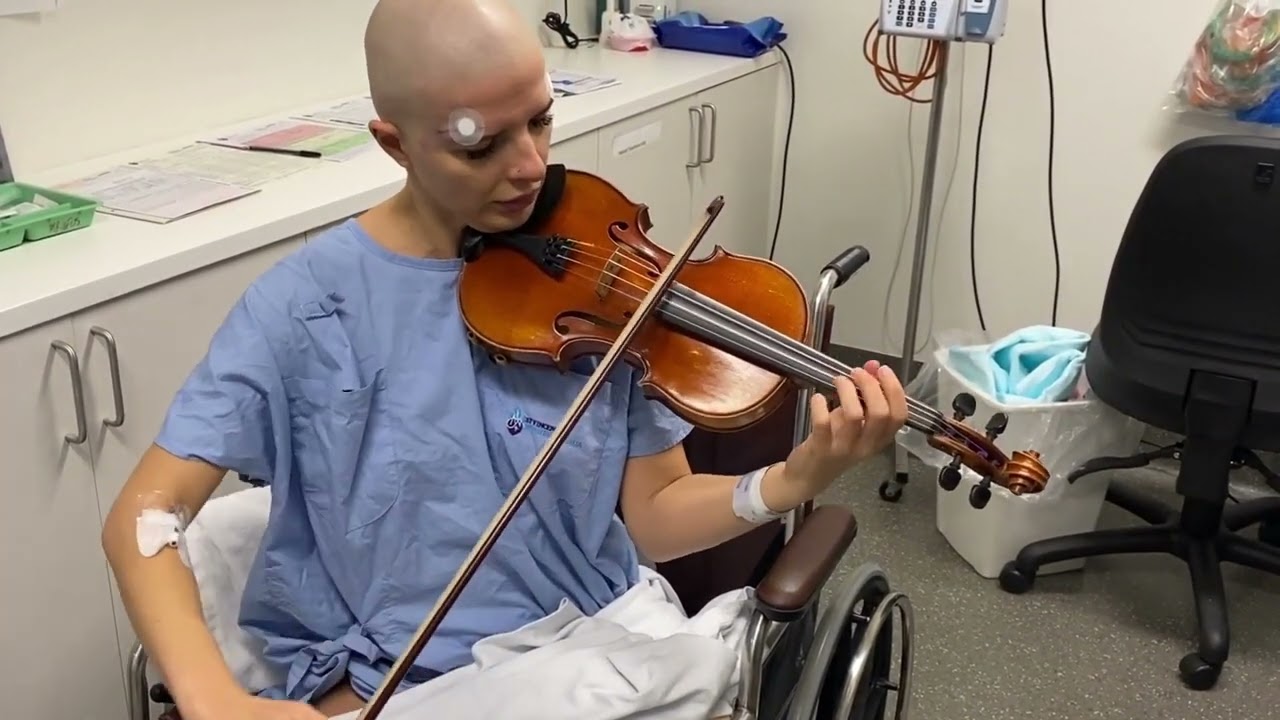28 April 2023
Using state-of-the-art MRI guided focussed ultrasound technology, St Vincent’s Neurologist and Movement Disorders Fellow, Dr Joel Maamary is leading a clinical trial investigating the safety and efficacy of MRI guided focussed ultrasound (MRIgFUS) for the treatment of focal dystonia.
Focal dystonia a type of movement disorder, characterised by sustained or intermittent muscle contractions resulting in abnormal movements and/or postures that are isolated to a single body part. This type of dystonia is commonly triggered by particular tasks, such as writing, or playing an instrument. In these conditions, abnormal signals are generated within the brain, generating involuntary muscle contractions and an inability to perform the task.
With limited treatment options offering low or temporary relief, individuals are often left restricted and unable to perform tasks associated with their careers and passions.
Purchased in 2018, the St Vincent’s MRIgFUS, the first of its kind in the Southern Hemisphere, has been used highly successfully for the treatment of movement disorders such as Parkinson’s disease and essential tremor, and has now been extended to trial in the treatment of focal dystonia, with the hope of providing permanent relief for sufferers.
On 26th April, Ella Laskova, who has been living with hand dystonia for some years, became the first musician to undergo this treatment in Australia. Learning to play the violin at age 7, Ella became a celebrated chamber musician performing across Europe, but the impact of her condition left her without full movement in her left hand and unable to continue at an elite level. Unfortunately, her condition went unrecognised and she endured several operations and treatments on her left arm, without any improvement.
Using MRgFUS, the team created a small lesion to disrupt the abnormal brain pathways driving her dystonia. Ella experienced immediate improvement in her left hand movements following the procedure, with no side effects.
“Ella’s successful treatment demonstrates the power of this novel technology and provides hope for countless individuals who struggle with this condition on a daily basis.” Said Dr Maamary.
The trial involves an in-depth analysis of the changes following treatment, essentially the rewiring within the brain to alleviate this debilitating condition, as well describing the cognitive changes noted within the brain.
Additionally, the team are performing a rigorous analysis of upper limb strength, coordination and function to help better quantify both the effectiveness and side effect profile of this treatment.
“We hope that the information gained will assist in informing the scientific community to help transform the lives of individuals living with dystonia”, said Dr Maamary.
Funding for this project was provided by the JW & M Cunningham Foundation.





